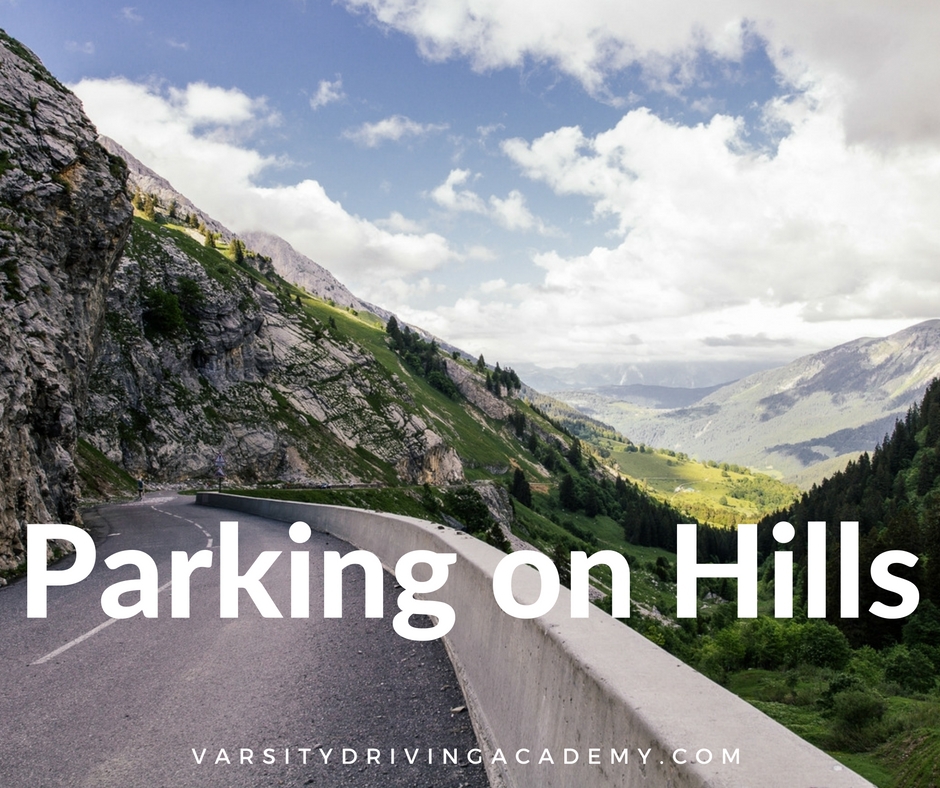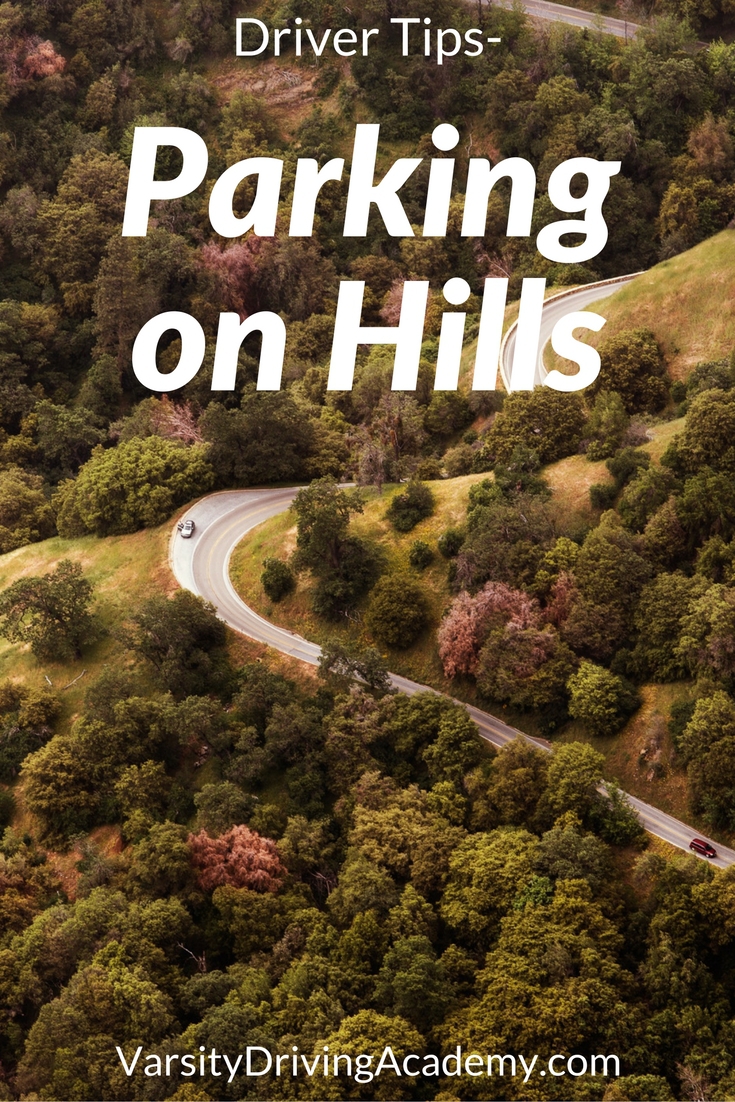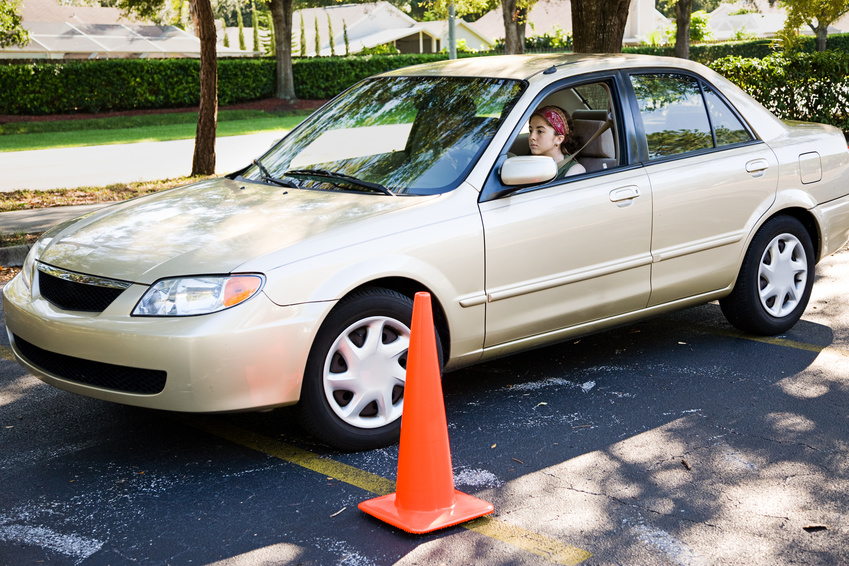Parking on Hills – Driver Tips
Driving is a great opportunity for everyone. Through driving, we can travel to places we’ve never been before, sometimes in a matter of hours. However, the danger of going somewhere you’ve never been is the fact that you’ve never been there before. Unfamiliarity can breed risk when it comes to driving. Our best defense against that danger is to be prepared for any situation. For example, if you don’t find yourself parking on hills very often, the streets of San Francisco could be daunting. Knowing how to park on hills will help you be prepared in the event you find yourself in an area with plenty of hills. Practice parking on hills even if there are no hills in your immediate area.
Parking on Hills – Driver Tips | Safe Practices
Practicing any aspect of driving should always be done in a safe environment. If you’re looking to practice parking on hills, you should find a safe hill first. If you don’t live in an area with hills and there isn’t one nearby, you can practice on flat ground. The most important thing is that you understand why certain things are done and how they help keep you and others safe. Practice will make permanent for when you do find yourself in a hilly area.
Parking Downhill
Parking downhill means that the front of your vehicle is facing downhill. If there is a curb, you should make sure your vehicle is 6 to 8 inches away from that curb. Once your vehicle is in position, you will want to shift into neutral. Allow your car to move slowly downhill while your foot is on the brake. As you move forward slowly, turn the wheel toward the curb. Once your vehicle’s front tires touch the curb, set the parking brake and press the brake pedal to shift into park. If there is no curb, turn the wheel clockwise and set the parking brake.
Parking Uphill
Parking uphill means the front of your vehicle is facing uphill. Facing uphill is different than downhill, but the goal is the same. If your braking system fails, you want your vehicle to move away from traffic. Make sure there are 6 to 8 inches between your tires and the curb. Once you’ve created that space, shift into neutral and slowly release the brake while turning the wheel away from the curb. Let your car roll back slowly controlling the speed with your brake. When your front tires touch the curb, you can set the parking brake and press down on the brake pedal. Shift your vehicle into park and release the foot brake. If there is no curb, turn your wheel clockwise so that your car rolls away from traffic in the event of a braking malfunction.
If you find yourself in an area that has no hills but you want to practice just follow the above steps at any curb. Be sure to talk with a parent or guardian about why you’re doing what you’re doing to fully understand. Every aspect of driving should be practiced in a safe area. Parking uphill and downhill are just a couple of the things we will teach at Varsity Driving Academy. Contact us today to find out more.






2 Comments